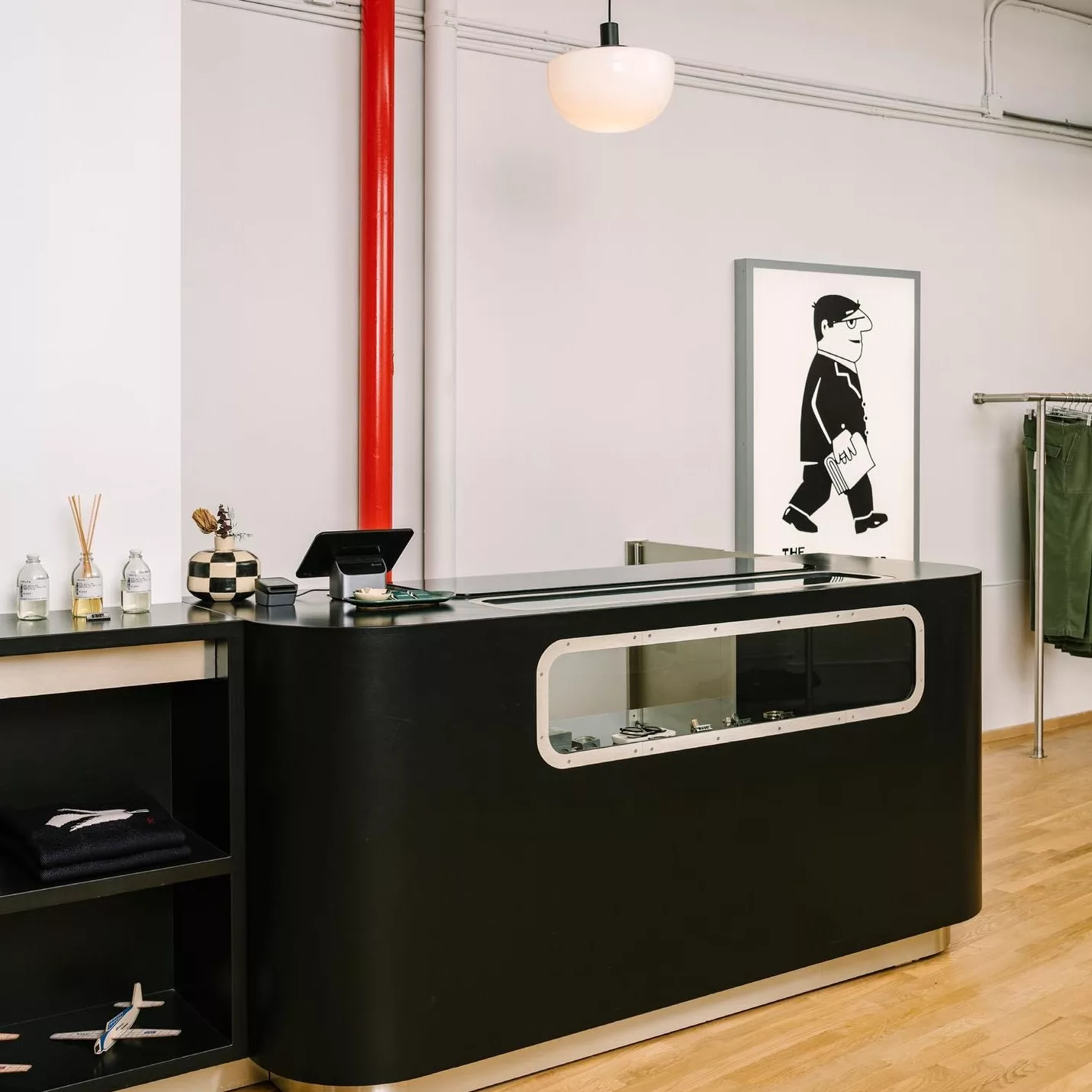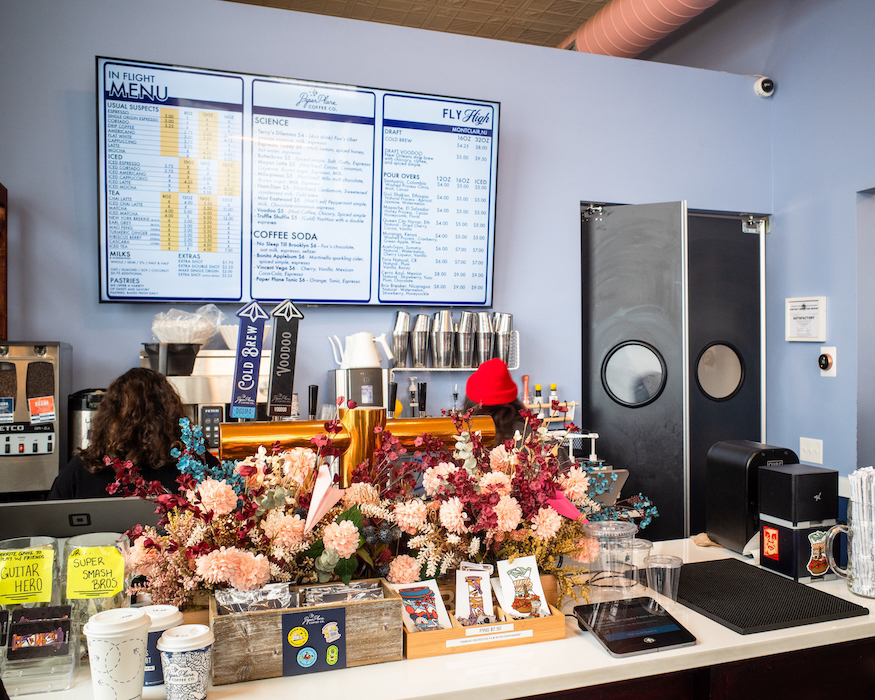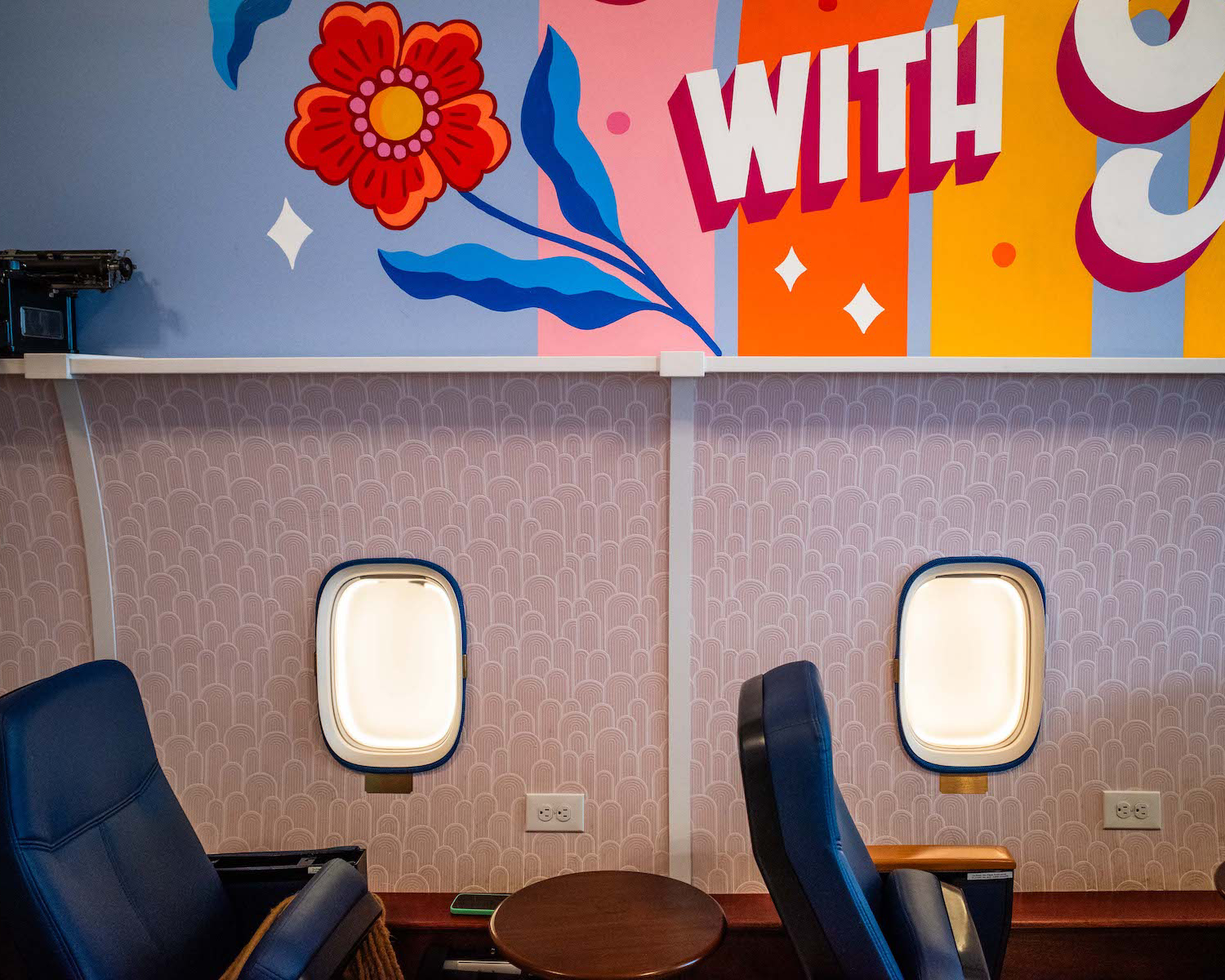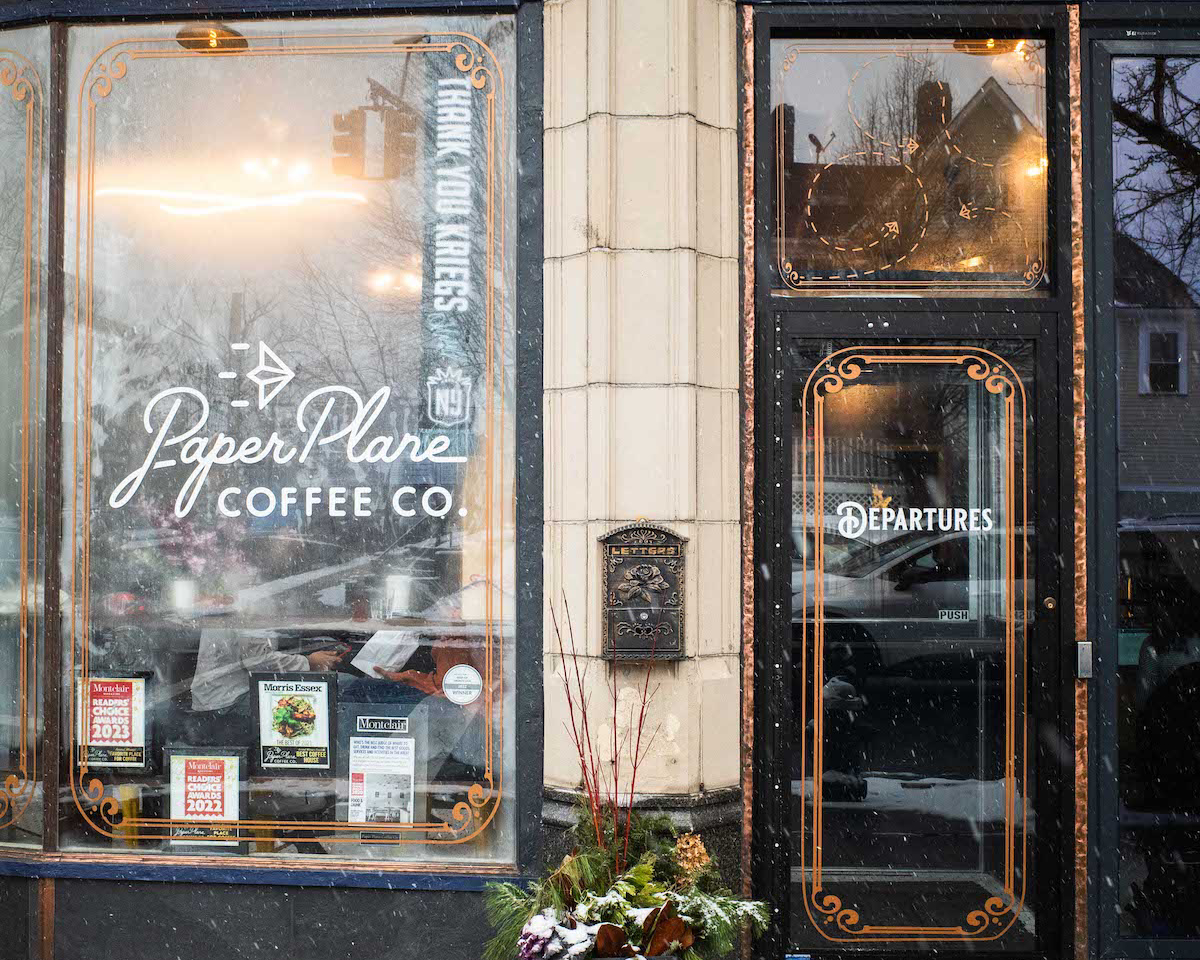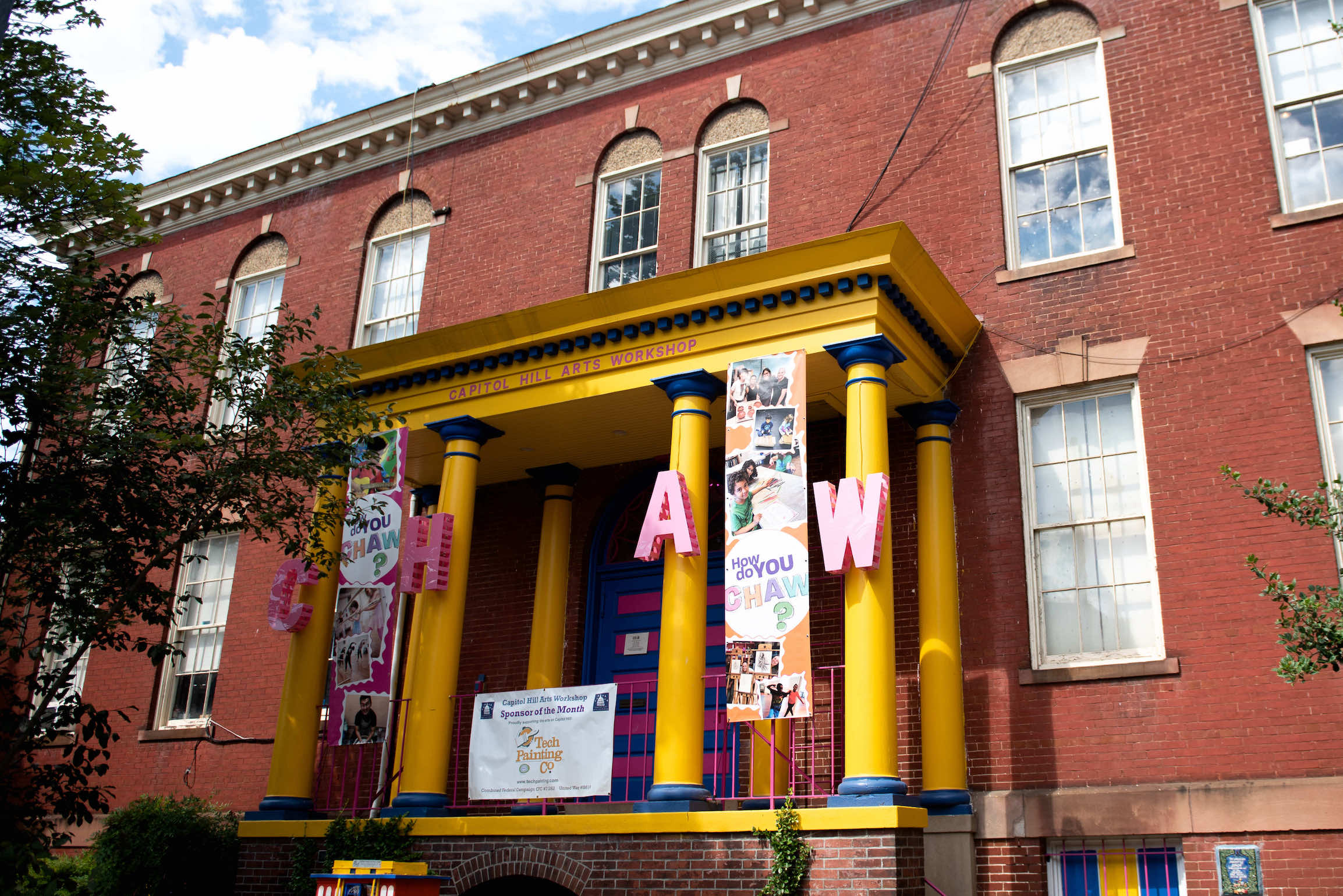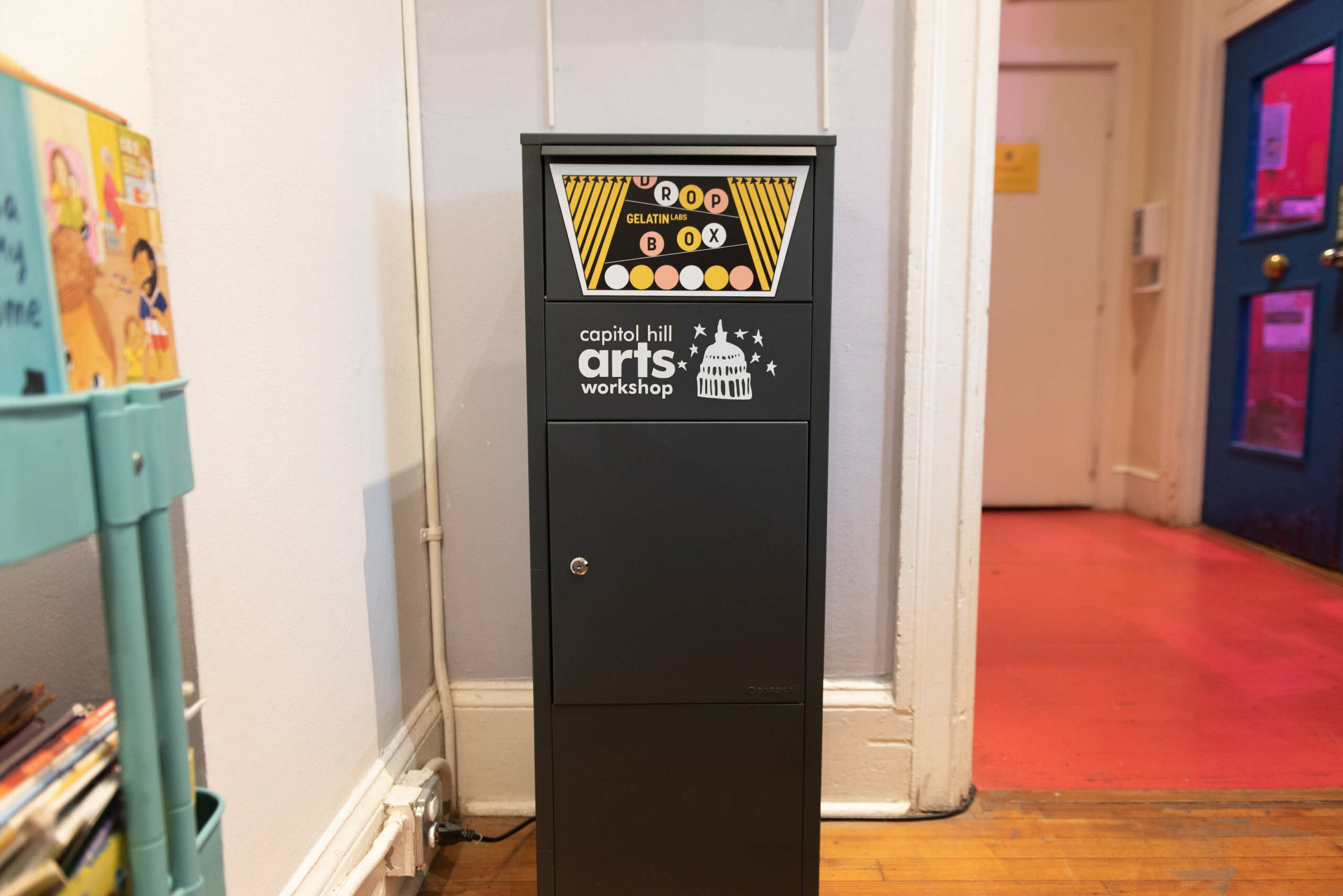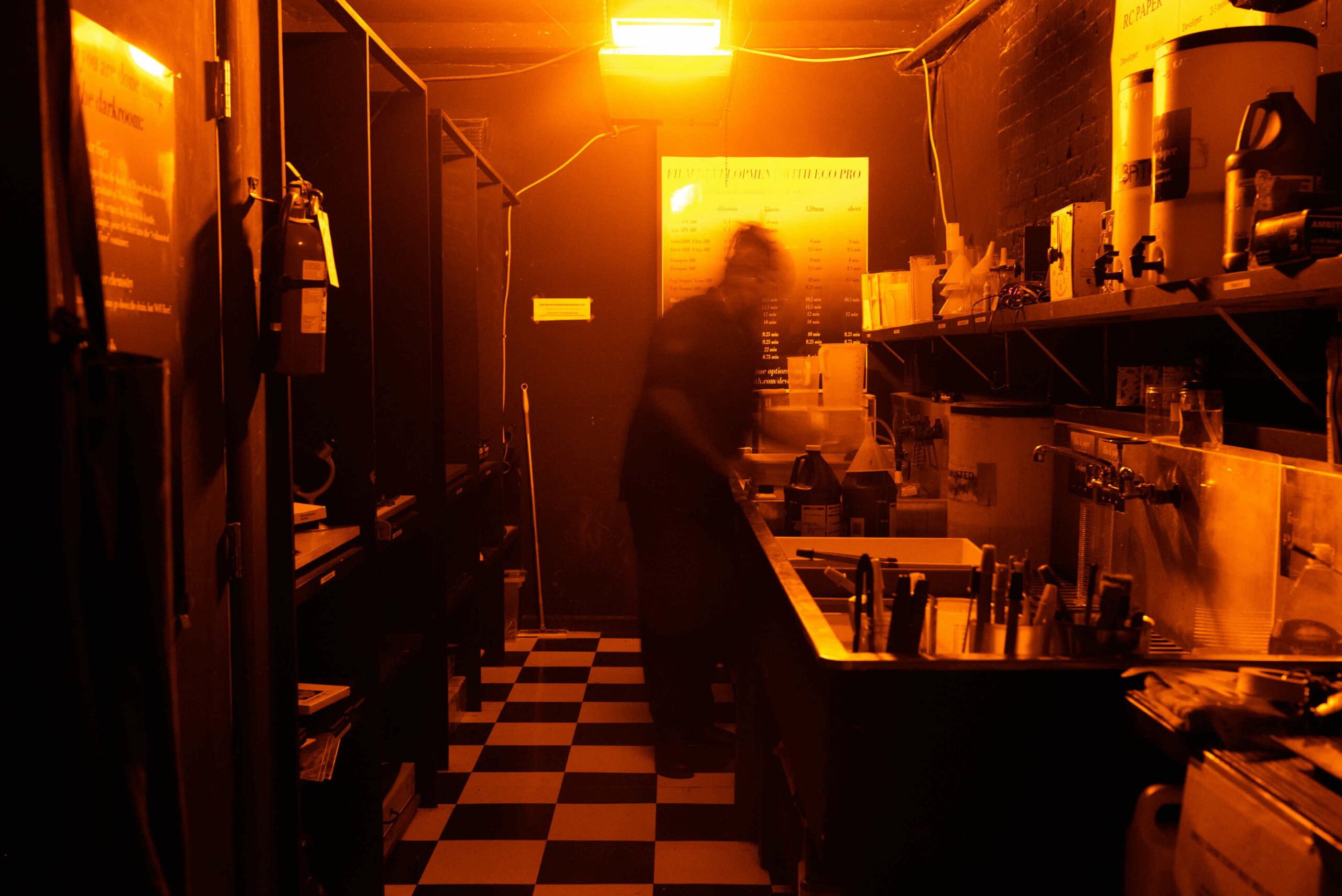In the century of digital technology, one click and boom! It captures every given moment, and there remains a classic lure to film photography. With its multicultural roots, Chicago represents a haven for film connoisseurs who celebrate its taste to relive the past and retain authenticity. The process of film development Chicago has seen a phenomenal rise, attracting both mature photographers and new-wave enthusiasts with a zeal to delve into creating magic from life inside this darkroom.
Film photography came back in Chicago.
Faced with an overabundance of pixels, film photography has made a spectacular resurgence in the contemporary world. Chicago is the epicenter of a movement that aims to restore celluloid, reviving it as an indispensable part of the revolution in all its stages. It’s the sensual and earthy aspect of film photography that digital technology has proved unable to deliver. Although analog photography is revived to the taste of Chicago photographers, film processing services have become more popular as people want real visual memories.
Preserving Moments in the Darkroom: The Film Developing Process
An enigmatic and mysterious process of film developing creates visible photographs with latent images on unwound film strips. While the skyline in Chicago telegraphs a mix of modernism and history, as film photographer interest has grown, so have the number of studios devoted to film labs. The process usually starts with the tedious recovery of exposed film from cameras. Photographers next hand their valuable rolls over to trained technicians, who have traversed the red light of the dark room and, turning, transformed each frame.
The Chicago film development studios are proud of staying authentic to photography captured through traditional films. From the painstaking combination of chemicals to the precise degree at which exposure and contrast are handled, every inch reaffirms what it takes to be a master in this art. In the busy town center, these darkrooms seem to reverberate with whispers heard in those rooms whenever images begin appearing on photographic paper and other memories emerge from oblivion.
The Beauty of Film Processors Studios in Chicago
These film-developing studios in Chicago do not merely possess technical skills but artistic elements that make each of the photographs created more unique. Its various areas, famous landmarks, and vibrant street cultures offer inexhaustible landscapes for photographers. Filmmaker labs in places like Wicker Park and Pilsen have defined themselves as havens for artists interested in refining their art.
These studios have been more than just developing services; they promote camaraderie among photography. Workshops, exhibitions, and collaborative projects became an essential part of the Chicago film photography revival. Fair enough, but the art of developing film does not only apply to work in the darkroom; it refers to a common ground for individuals with creative minds who can share ideas, techniques, and even inspiration.
At the end of it all, the Chicago film developing process is not just an outcome but a voyage that binds photographers with their art’s core. Mention that the revival of film photography in Hong Kong can be seen as a collective craving for genuineness and an attempt to slow down during this era driven by technology. In the crimson patina of Chicago’s darkrooms, memories are developed and created from scratch, where the picture is captured and turned into a timeless artwork with physical forms beneath somber rays.






